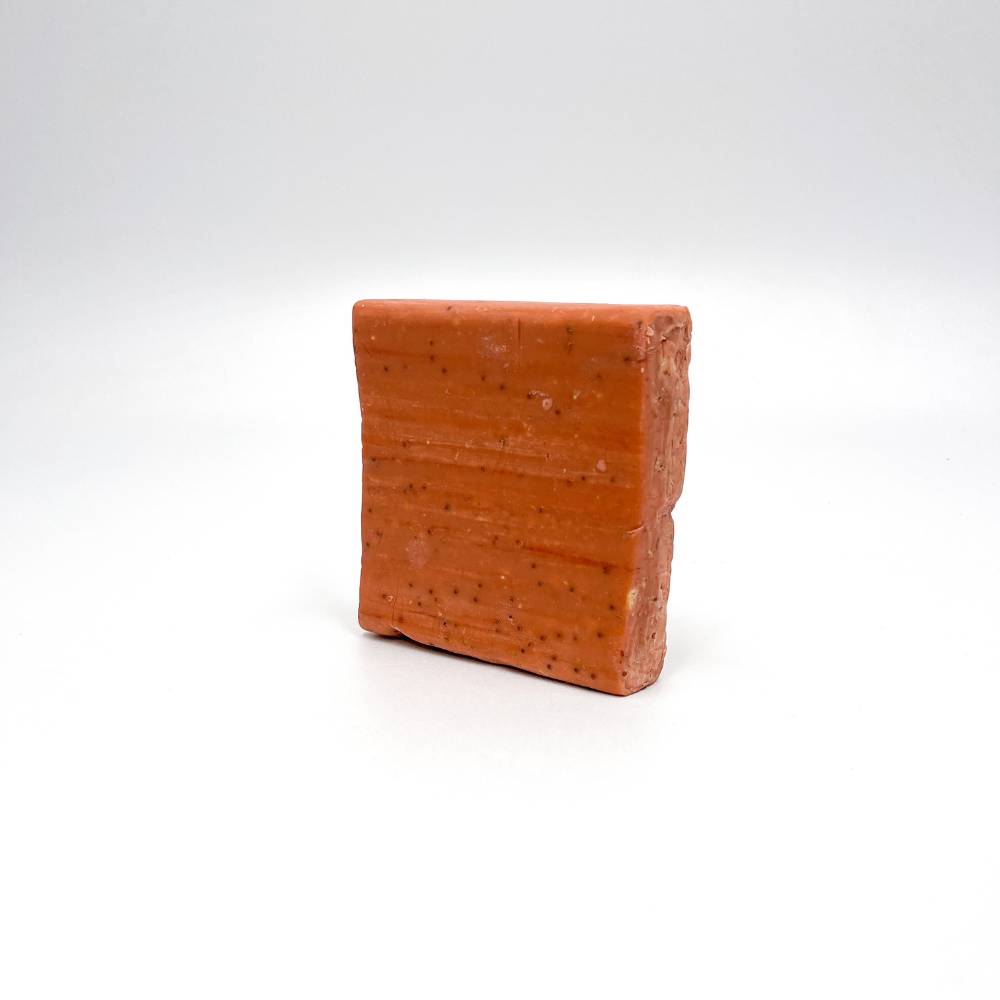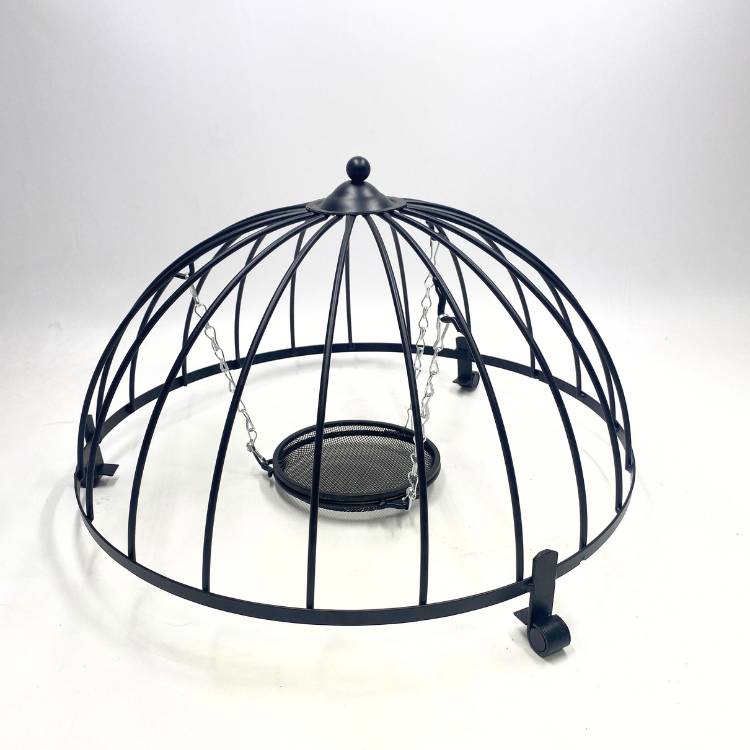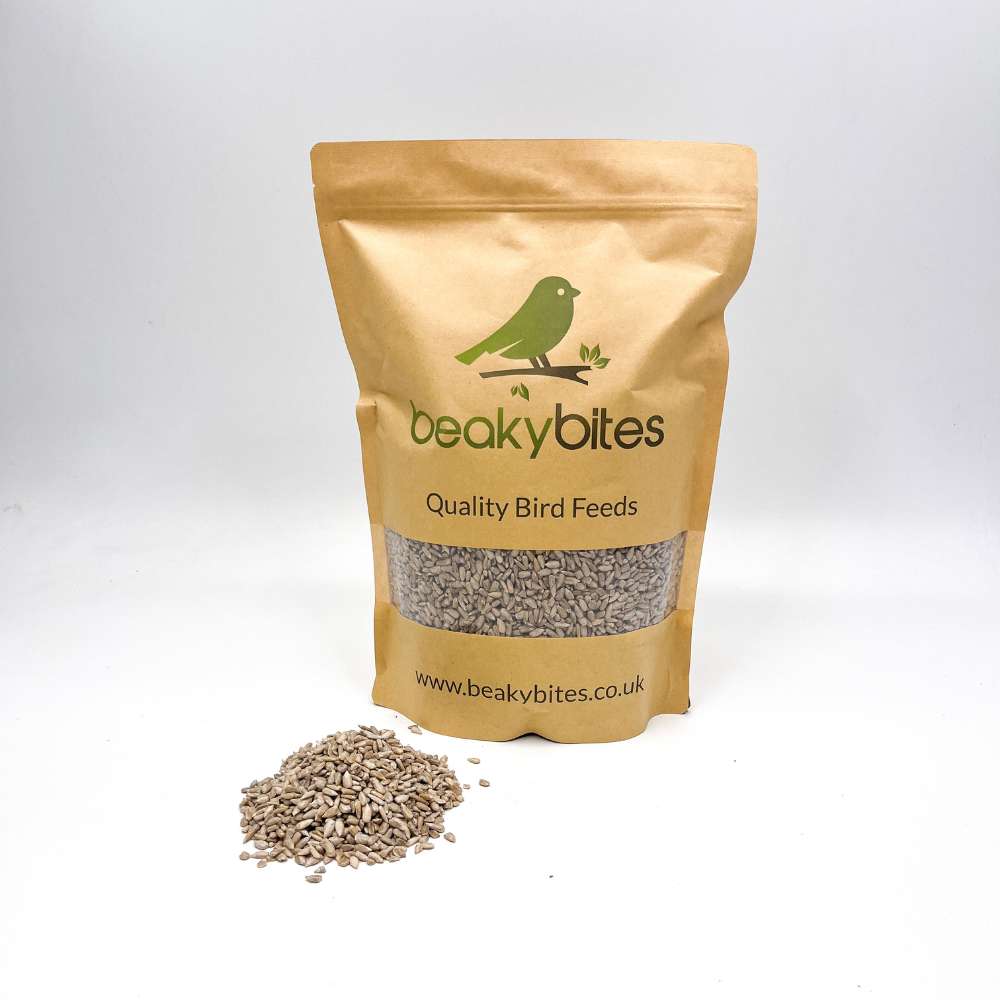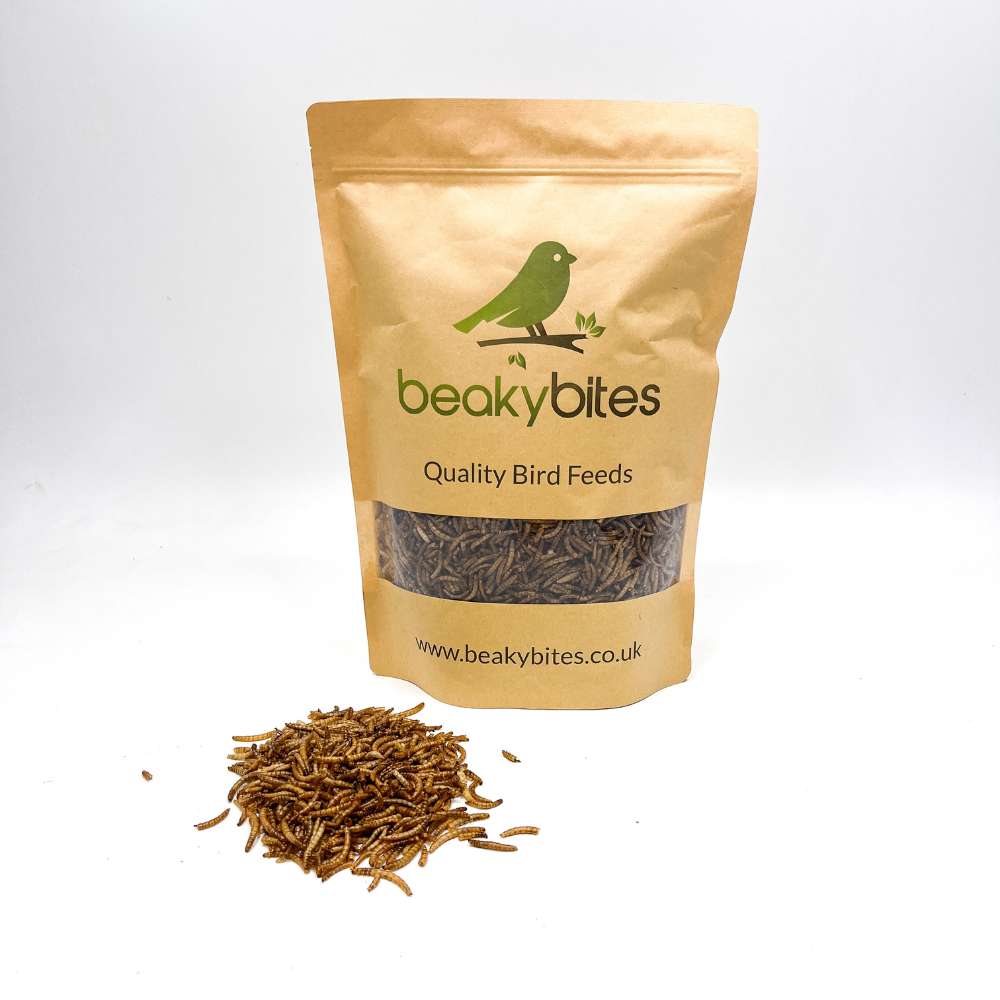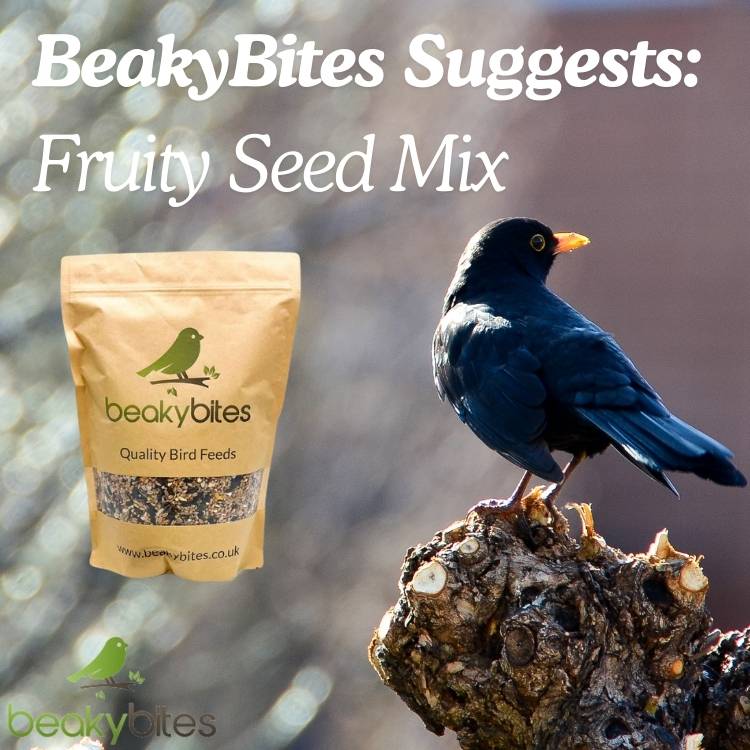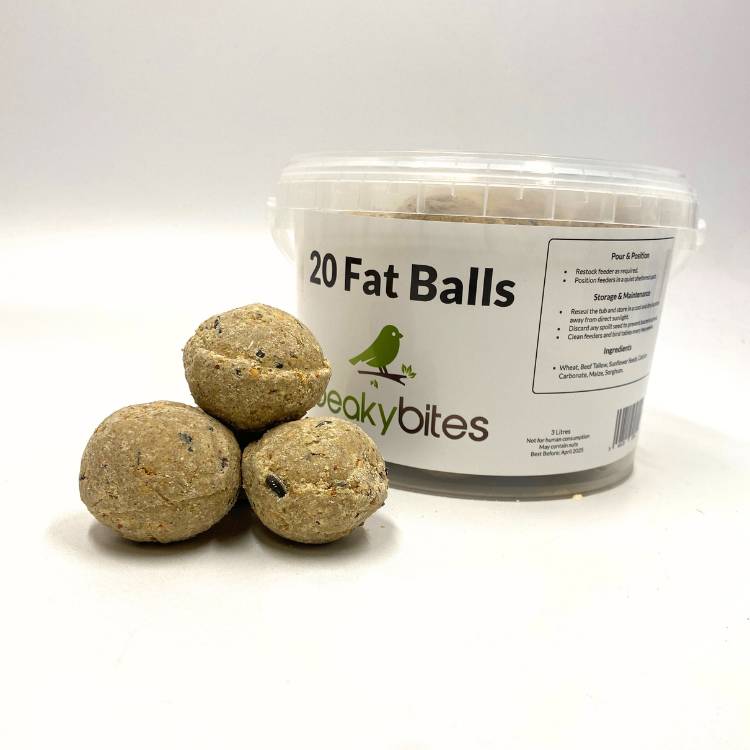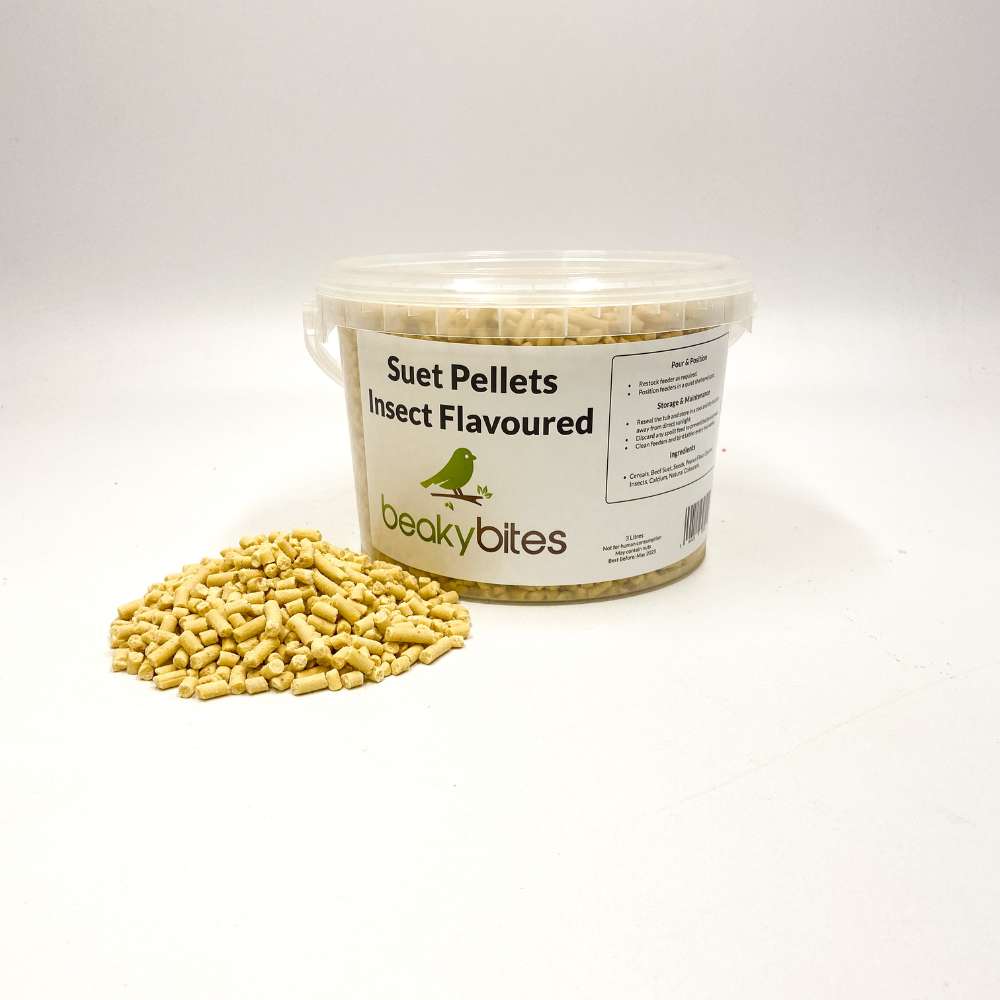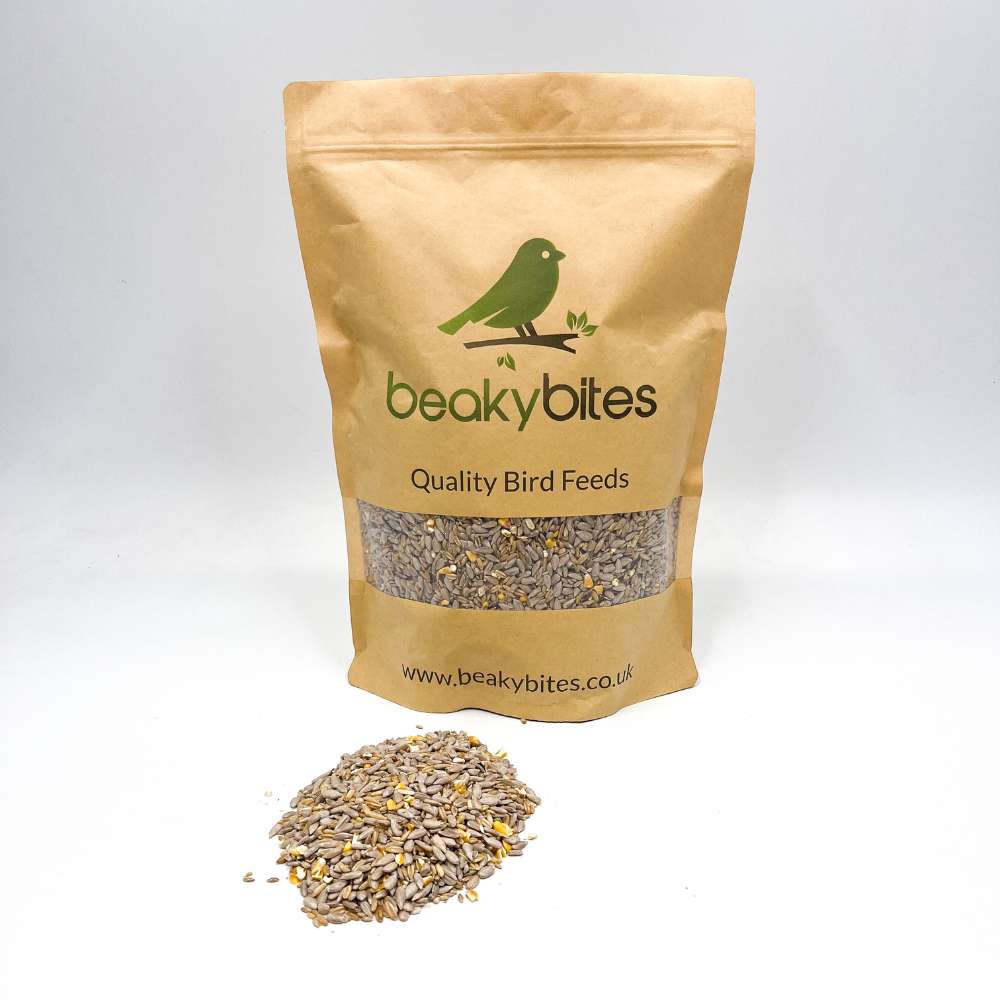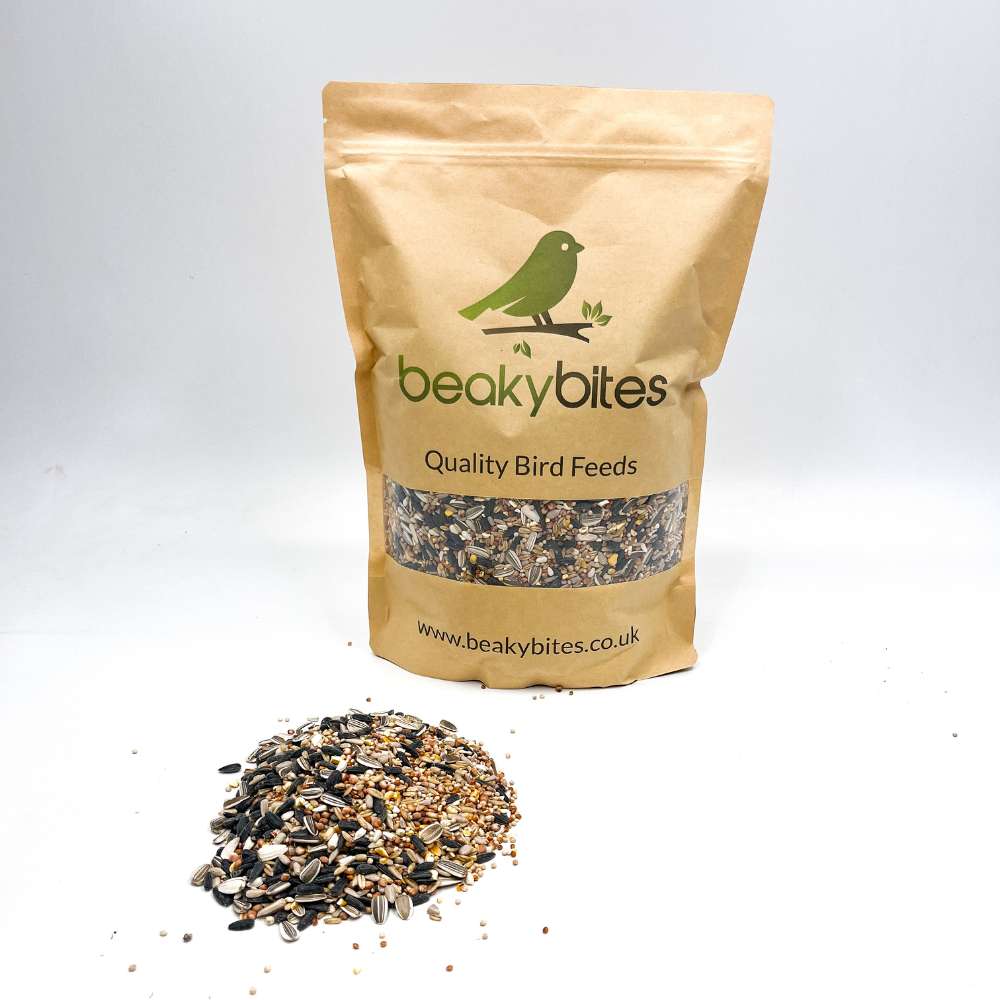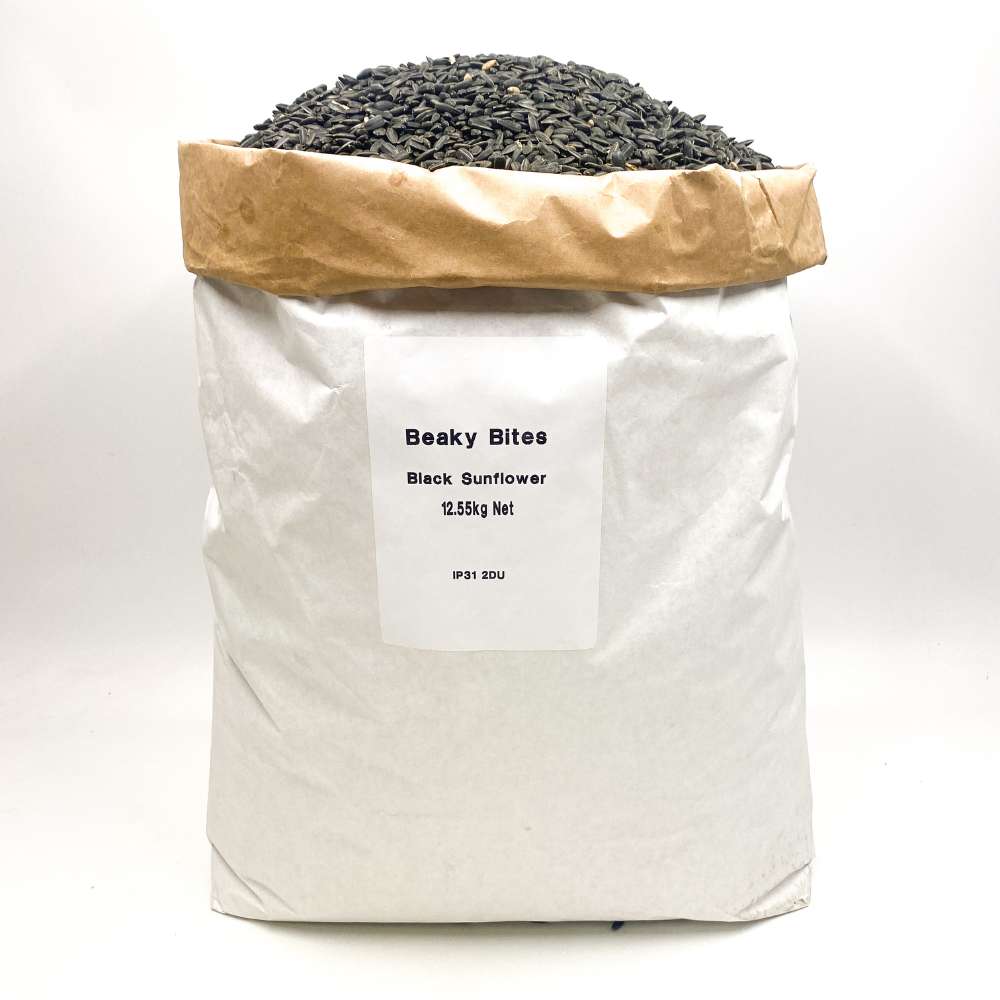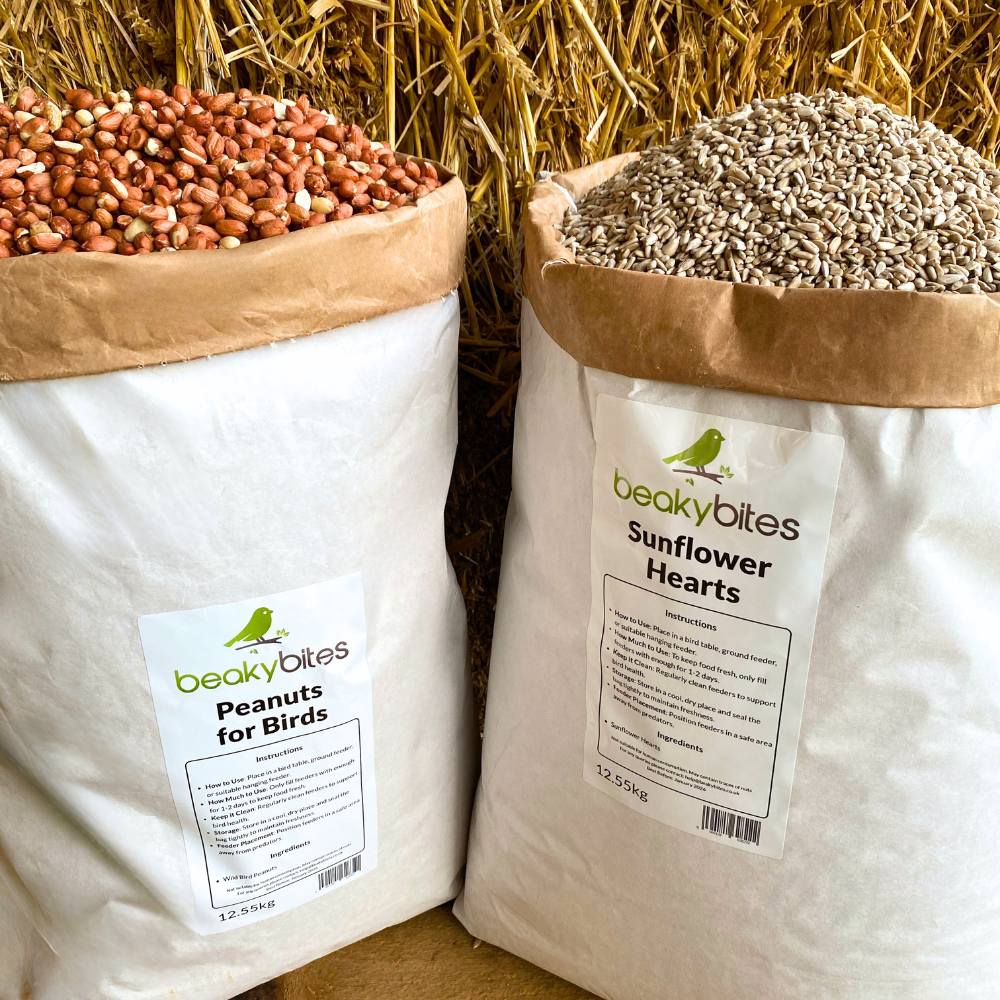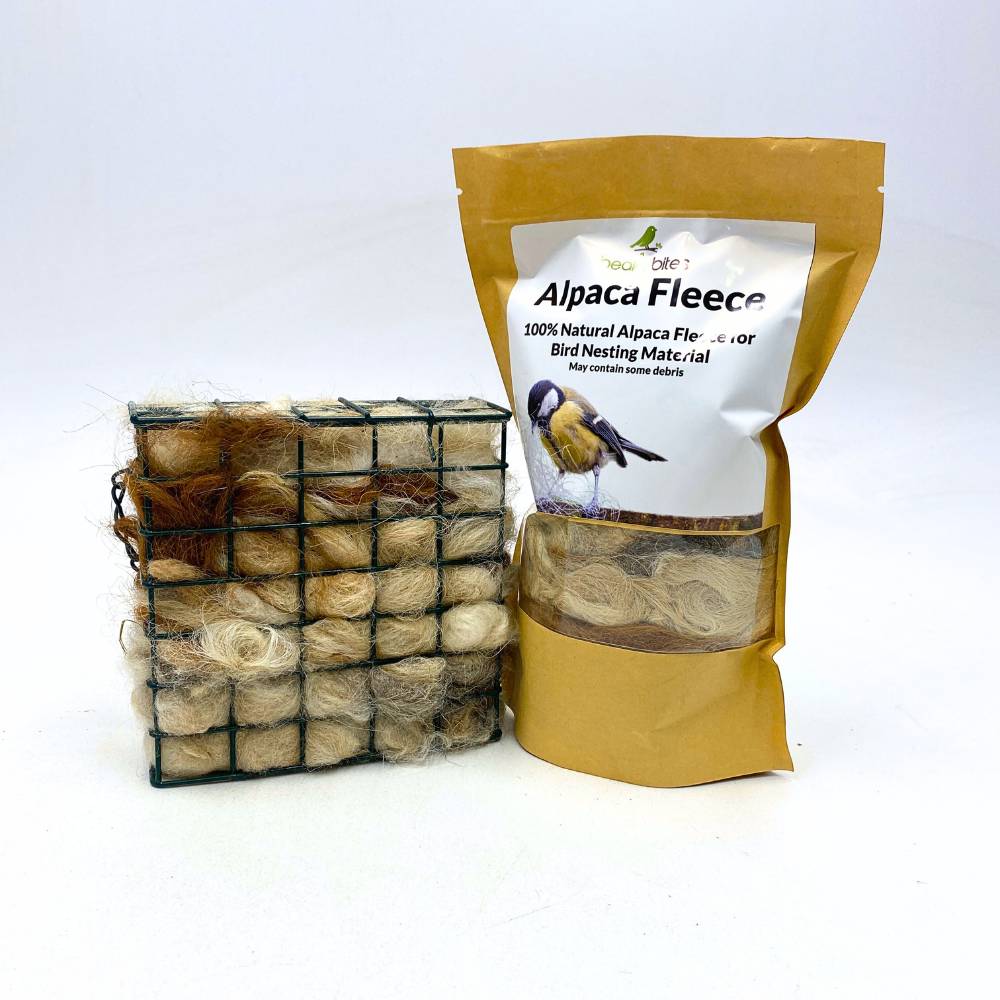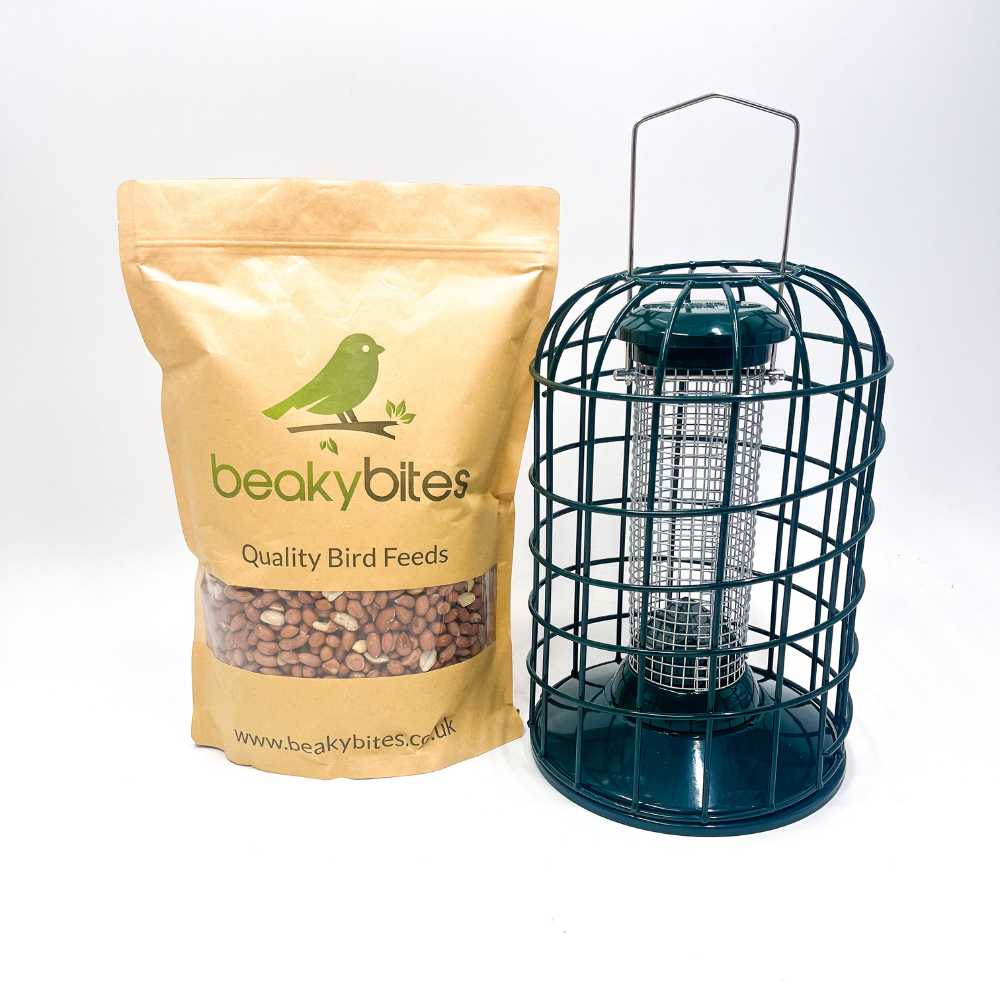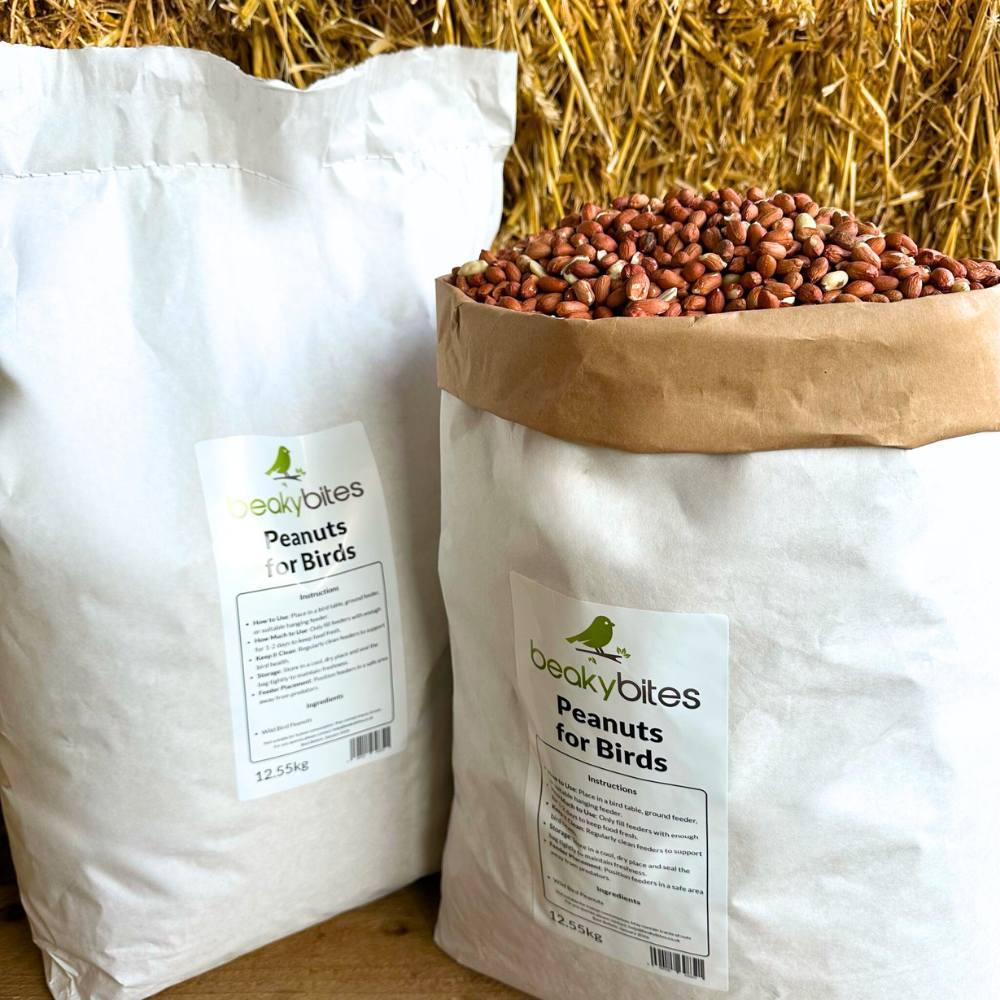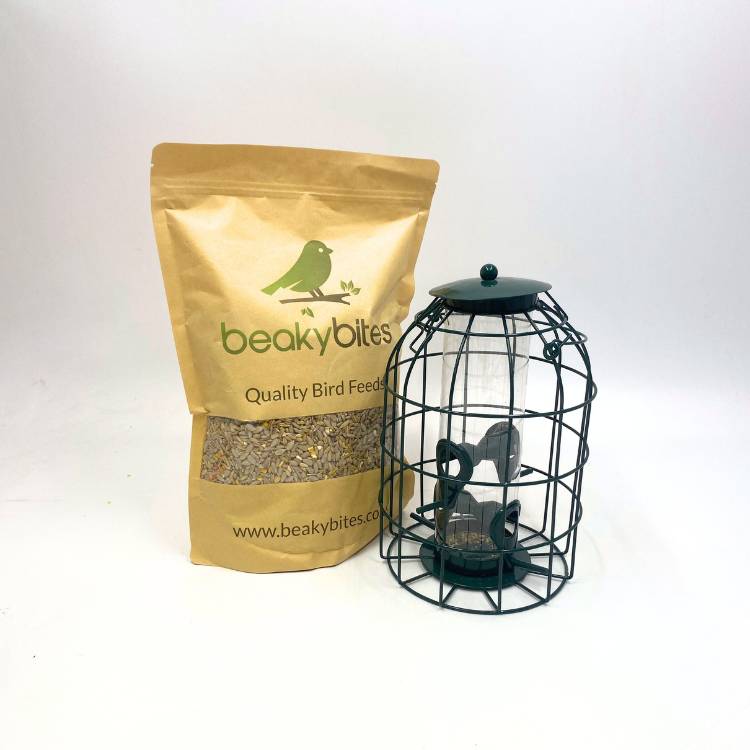Bird Fact File: Blackbird
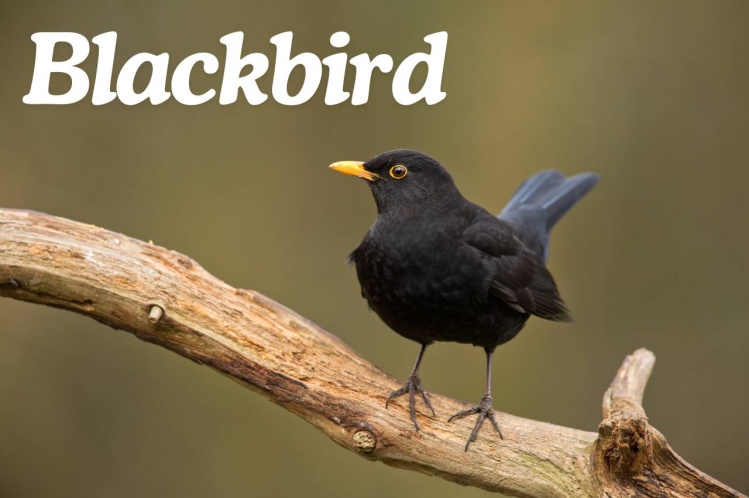
Welcome to our weekly bird guide series brought to you by Beaky Bites! Each week, we'll take a closer look at a beloved UK garden bird to help you better understand and appreciate these amazing birds. From identifying distinct features to discovering their favourite foods and nesting habits, this series aims to provide an overview of our feathered wildlife.
Let's Meet the Blackbird
Blackbird Fact File | |
|---|---|
| Size: | 24cm, head to tail |
| Wingspan: | 34-38cm |
| Weight: | 80-100g |
| Colours: | Brown, Black and White |
| Eggs: | 3-5 eggs per brood |
| Nesting: | Made from sticks, straw and grass held together by mud. |
| Population Status: | Stable |
The blackbird is a common species found across Europe, Asia, and North Africa, known for its melodious song and striking black plumage in males. This adaptable bird thrives in various habitats, from woodlands to urban gardens, making it a familiar sight to many. The Latin for Blackbird is Turdus Merula and they are apart of the Turdidae family, which includes thrushes. There are approximately 5.3 million breeding pairs in the UK, which makes them one of the most popular small birds in a UK garden.

Appearance and Behaviour
Blackbirds are easy to spot due to their bright appearance. Look for the shiny black and yellow beak with a yellow ring around the eye in males, females are brown with a duller beak, juveniles are like females but speckled. Blackbirds are ground feeders, seen on lawns and garden beds for insects and worms. Their song is their defining feature, heard at dawn and dusk, and is the soundtrack to gardens and parks.
Although they are solitary they can be seen in small groups especially in winter when food is scarce. Their flight pattern is easy to spot, steady wing beats and occasional glides, even from a distance. If you see a Blackbird in your garden regularly it’s probably part of a local territory, coming back to the same spot for food and shelter.
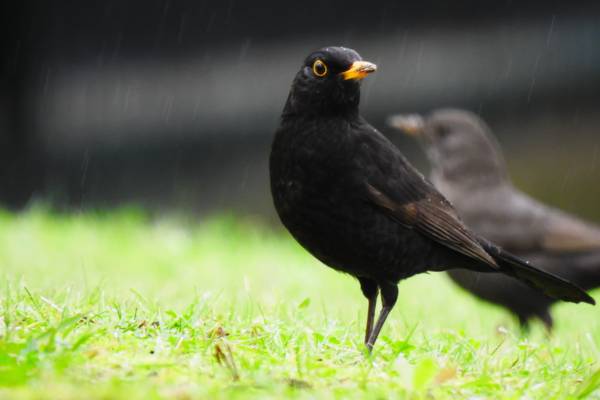
Where do They Hang Out and Eat?
Blackbirds are primarily ground feeders, often seen hopping across lawns and garden beds in search of food. Their diet is diverse and changes with the seasons. In the spring and summer, they hunt for earthworms and insects like caterpillars, beetles, and spiders, which provide essential protein.
As insects become scarcer in autumn and winter, blackbirds turn to plant based foods. They enjoy berries from holly, rowan, and hawthorn trees, as well as fallen fruits like apples and pears. They also enjoy seeds and will visit bird feeders stocked with sunflower seeds, fruits, and dried mealworms.
These feeding habits make blackbirds frequent visitors to gardens, where they forage beneath shrubs and trees. Providing a mix of mealworms, berries, and seeds can attract them, especially during the colder months when natural food is scarce. Observing a blackbird tugging at a worm or pecking at fallen fruit is a common and delightful sight.

Breeding and Nesting
Blackbirds start breeding in March, lasting until early July, typically having two to three broods depending on the weather. Changes in weather can affect the number of broods, as well as adult birds ability to forage for food. Females lay between 3-5 eggs that hatch after 14 days, and chicks are fed worms or caterpillars until they leave the nest about two weeks later. If disturbed, chicks can fledge early at nine days old to escape predators.
They are very territorial, defending their space, which is crucial for nesting. Once a blackbird claims a territory, it usually keeps it for life which can be up to 4 years. After the final brood of the breading season, they spread out searching for food elsewhere but reclaim their territory in autumn, ready for the next breeding season.
Female blackbirds build nests using grass, straw, twigs, and mud. Nests are typically found in trees, shrubs, or any low cover. This construction provides a safe place for their young until they are ready to fledge and explore the world on their own.
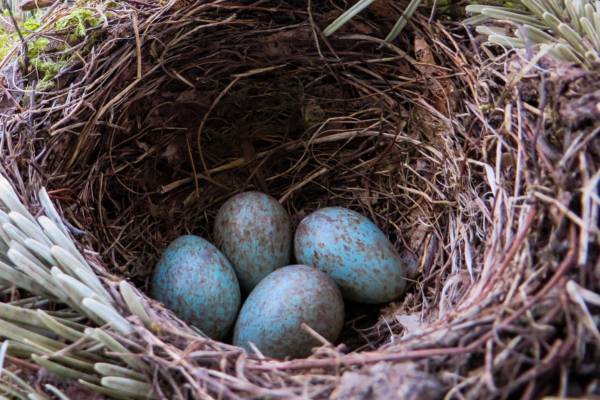
Attracting Them to Your Garden
As highlighted above blackbirds main food source are worms and berries. We can replicate this within our bird feeders to give them as much a natural food source as possible.
The best way to attract blackbirds is looking at either food source or nesting space. As mentioned blackbirds are territorial, so if you provide good quality nesting spaces, either naturally within shrubs or a man made open sided nesting box, blackbirds are sure to soon settle into your garden space and take claim to the area. Also with such a long breading period, ensuring a constant supply of bird feed is made available, a long side a water supply, will ensure the adults stick to their territory but also gives the best hope for their young as they fledge the nest.
Two main feeds will best promote blackbirds. Firstly dried mealworms or calciworms are a great source of protein and are close to a blackbirds natural foraging food source. Secondly is Beaky Bites Fruity Seed Mix, this mix not only provides the sweet goodness that blackbirds love with apple pieces and raisins, but also gives an all round range of quality seed to support the growth of fledglings and adult birds.
Conclusion
It's always good to see blackbirds hopping about on the lawn, chirping away looking for worms to feed their family. We hope that this overview gives you a brief understanding of the world of a black bird, and how we can change our world to better suit their needs, so we can enjoy them up close and personal.
Whether you're a seasoned bird watcher or a newcomer to the hobby, enjoying the company of Blackbirds is a rewarding experience. Keep an eye out for next week's post, where we'll explore another amazing UK garden bird!
Frequently Asked Questions
What are the main physical differences between male and female blackbirds?
- Answer: Male blackbirds are glossy black with a yellow beak and eye ring, while females are brown with a duller beak.
What do blackbirds eat, and what is their favourite food?
- Answer: Blackbirds eat earthworms, insects, berries, fruits, and seeds, with a preference for earthworms and berries.
Where do blackbirds typically build their nests?
- Answer: Blackbirds typically build their nests in dense shrubs, hedges, or trees, close to the ground or sometimes higher up.
What are the main predators of blackbirds?
- Answer: The main predators of blackbirds are cats, birds of prey, and larger mammals like foxes.
What should I do if I find an injured or orphaned blackbird?
- Answer: Contact a local wildlife rescue organisation or veterinarian for advice on handling an injured or orphaned blackbird.

